Waves
... content and process are not two separately existent things, but rather they are two aspects of views of one whole movement
There is much to say about building upon the great insights of those who preceded us. I feel that many concepts have been defined in the past and others have been restated in countless different ways over the course of humanity. As we go down the stream of consciousness, we look upstream hoping to gain a more comprehensive understanding of our universal landscape. The discussion on content and process reminds me of two quotations from the legendary philosopher Laozi, or I should say, the book Dao De Jing 道德經. Translating is a subjective endeavor. I have a preference for the 1967 work in French done by Liou Kia-Hway. The closest to the meaning that Liou Kia-Hway tried to convey might be even more clearly stated by Professor Gu Zhengkun from Beijing University and in a lesser extent Lin Yutang (1948) :
故有之以为利,无之以为用
Hence the substance (Being) can provide a condition
Under which usefulness is found,
But the Nothingness (space) is the usefulness itself.
道常無爲而無不爲
The Tao never does,
Yet through it everything is done.
I understand the Tao (Dao 道) to be the flow “prior to that of the ‘things’ that can be seen to form and dissolve in this flow”( Bohm, p.14) and that “what we call empty space contains an immense background of energy, and that matter as we know it is a small, ‘quantized’ wavelike excitation on top of this background, rather like a tiny ripple on a vast sea…it may be said that space, which has so much energy, is full rather than empty” (Bohm, p.242). In chapter X entitled Process (Process and Reality: An essay on cosmology, 1929), Alfred North Whitehead wrote that “in the sentence 'all things flow,' there are three words - and we have started by isolating the last word of the three. We move backwards to the next word 'things' and ask, What sort of things flow? Finally, we reach the first word 'all' and ask, What is the meaning of the 'many' things engaged in this common flux, and in what sense if any, can the word 'all' refer to a definitely indicated set of these many things?”. All things are encompassed in our known Universe in a process defined as “an ordered and structured inner movement that is essential to what things are” (Bohm, p.16).
Particles are a quintessential part of our phenomenological realm. They carry information via disturbances of space and matter. Their specific wavelengths have left an indelible mark over 13 billion years ago on the blackbody radiation of the cosmic microwave background. At the core of the energy-content flow, the wave-particle duality defines the inextricable links woven between time and space. In my own tendency to fragment all the things that flow, I wonder whether everything is made of waves. One may inquire about the deepest level of movement which might “be analyzable into yet finer particles which will perhaps turn out to be the ultimate substance of the whole reality. However, the notion that all is flux… denies such a supposition. Rather, it implies that any describable event, object, entity, etc., is an abstraction from an unknown and undefinable totality of flowing movement”(Bohm, p.62). The shorter the wavelength, the more undefinable the measurement of space and time is. “Beyond this, the whole notion of space and time fades out “into something that is at present unspecifiable” (Bohm, p.241).
What is a wave traveling through spacetime? A shape that curves endlessly in the undetectable wind. Microwaves, radio waves, sound waves, gravitational waves are some of the clues used in the coordinated effort undertaken in the field of multi-messenger astronomy. Particle-like or wave-like behavior depends on the experimental apparatus they are confronted by. In the interplay between electromagnetic wavelengths and colors, we are speaking the language of our instruments that deliver to us visual images of space events that happened thousands or millions of light-years away.
Waves might be matter-less but they are not information-less. In one study, the detection of far-infrared wavelengths and submillimeter emission from a supernova remnant was key to pinpoint the presence of presolar grains of silica. In another, an international team of astronomers was able to conduct multiwavelength surveys as well as submillimeter and molecular observations of a star-forming region composed of two dusty ring-like structures located some 5,900 light years from the Earth and about 850 light years above the galactic plane. Furthermore, a study describes for the first time after it was theoretically proposed 45 years ago, how the invisible electric and magnetic forces that surround Earth are responding to impulses that are mostly originating from the solar wind. The 5 NASA THEMIS probes were able to detect the boundary's oscillations and the resulting sounds within the Earth's magnetic shield.
/https%3A%2F%2Fblogs.loc.gov%2Finside_adams%2Ffiles%2F2019%2F04%2FDe-Magnete-title-page-666x1024.jpg)
"The Earth Itself Is a Great Magnet"
Lately there has been a lot of discussion about the migration of the magnetic north pole. The magnetic north pole is different from the geographic North Pole and is part of the much larger magnetic
https://blogs.loc.gov/inside_adams/2019/04/the-earth-itself-is-a-great-magnet/
Does a gravitational wave travel like an unseeable wave in the dark ocean or a ripple on an invisible lake? My understanding is that gravitons and gravitational waves are to be looked at through the concept of wave-particle duality. Massless or massive, gravitons might be the key to better understanding dark matter. Gravitational waves reach us from distant sources through “an imperfect fluid”, the cold dark matter whose dominant effect is “a small frequency dependent modification of the propagation speed of gravitational waves”. Since experiments started in the 1960s, the first direct detection of gravitational waves, whose existence was predicted by Albert Einstein, occurred on September 14, 2015, at the two LIGO sites in Hanford, WA, and Livingston, LA.
The first observing run lasted through January 19th, 2016 and saw the first detections of gravitational waves from stellar-mass binary black holes ...the second observing run of the Advanced LIGO detectors commenced on November 30th, 2016, and ended on August 25th, 2017. On August 1st, 2017 the Advanced Virgo detector joined the observing run, enabling the first three-detector observations of gravitational waves.
Within the flow that takes us down the stream of consciousness, is everything a wave or is the analogy being overused? In my own frame of reference, a wave is the DNA imprint of the Universe, i.e. all universal things, traveling through space and time, a chain of light and sound coiling around each other.
/image%2F3093645%2F20190217%2Fob_0ab091_multi-wavelength-view-of-a-supernova-r.jpg)
/image%2F3093645%2F20190207%2Fob_53ab55_wading-through-water.jpg)
/image%2F3093645%2F20190130%2Fob_06e3fb_lunar-eclipse-over-lake-maggiore-1.jpg)
/image%2F3093645%2F20190120%2Fob_155d01_comet-46p.jpg)
/image%2F3093645%2F20190111%2Fob_059dd6_a-supermassive-black-hole-in-action.jpg)
/image%2F3093645%2F20190105%2Fob_fa4381_roof.JPG)
/image%2F3093645%2F20181227%2Fob_ff6669_full-moon.JPG)
/image%2F3093645%2F20181212%2Fob_333b8c_march-14-picturing-magnetic-field-line.jpg)
/image%2F3093645%2F20181212%2Fob_8c2c19_herschel-s-view-of-the-eagle-nebula.jpg)
/image%2F3093645%2F20181212%2Fob_981949_a-spiral-in-andromeda.jpg)

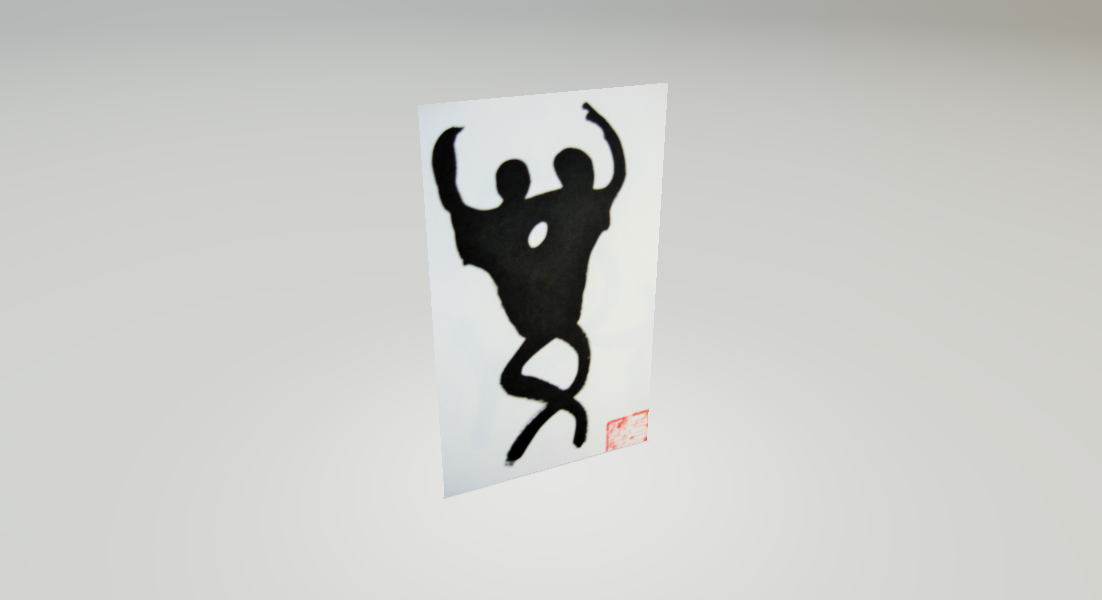

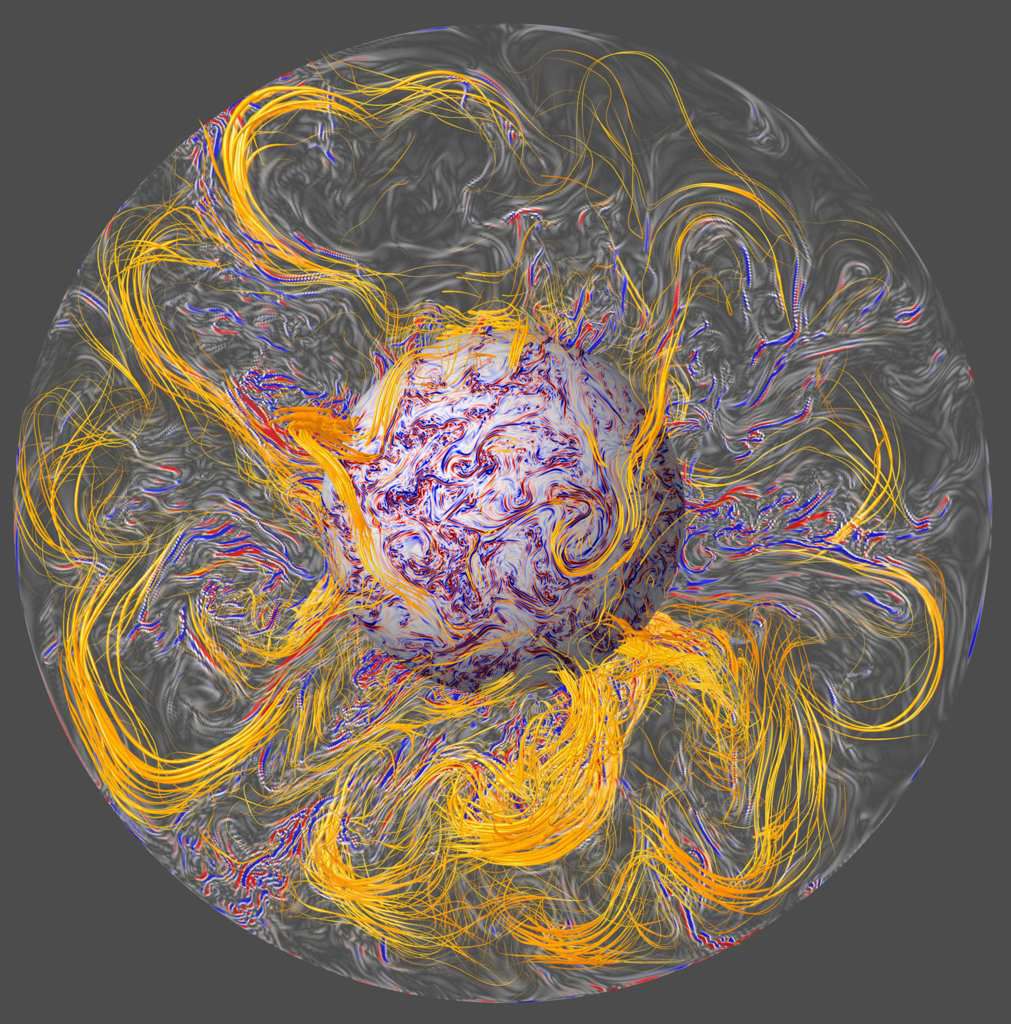
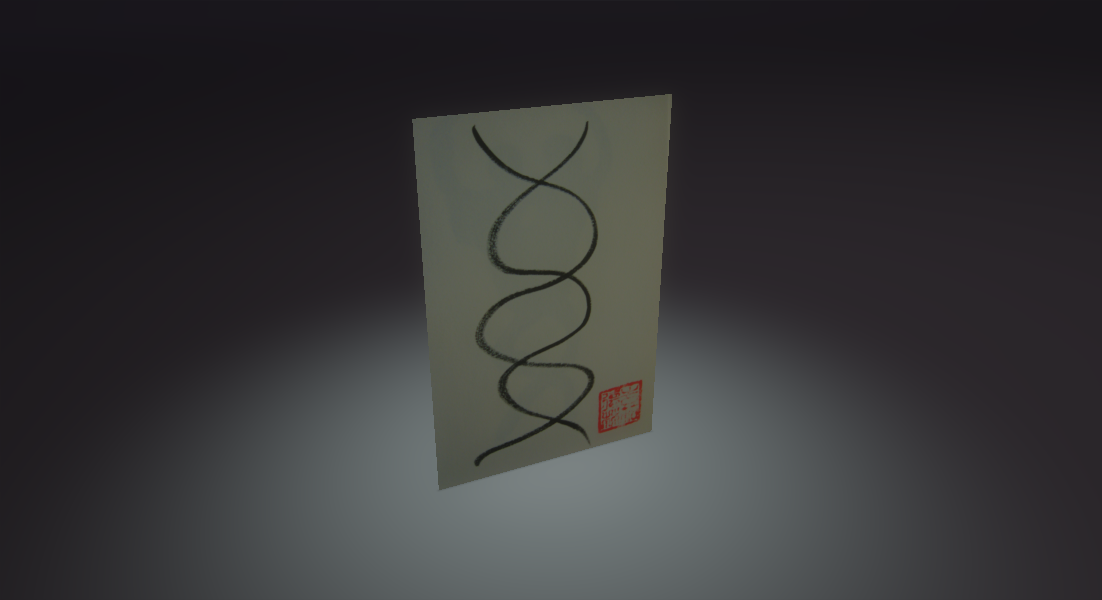

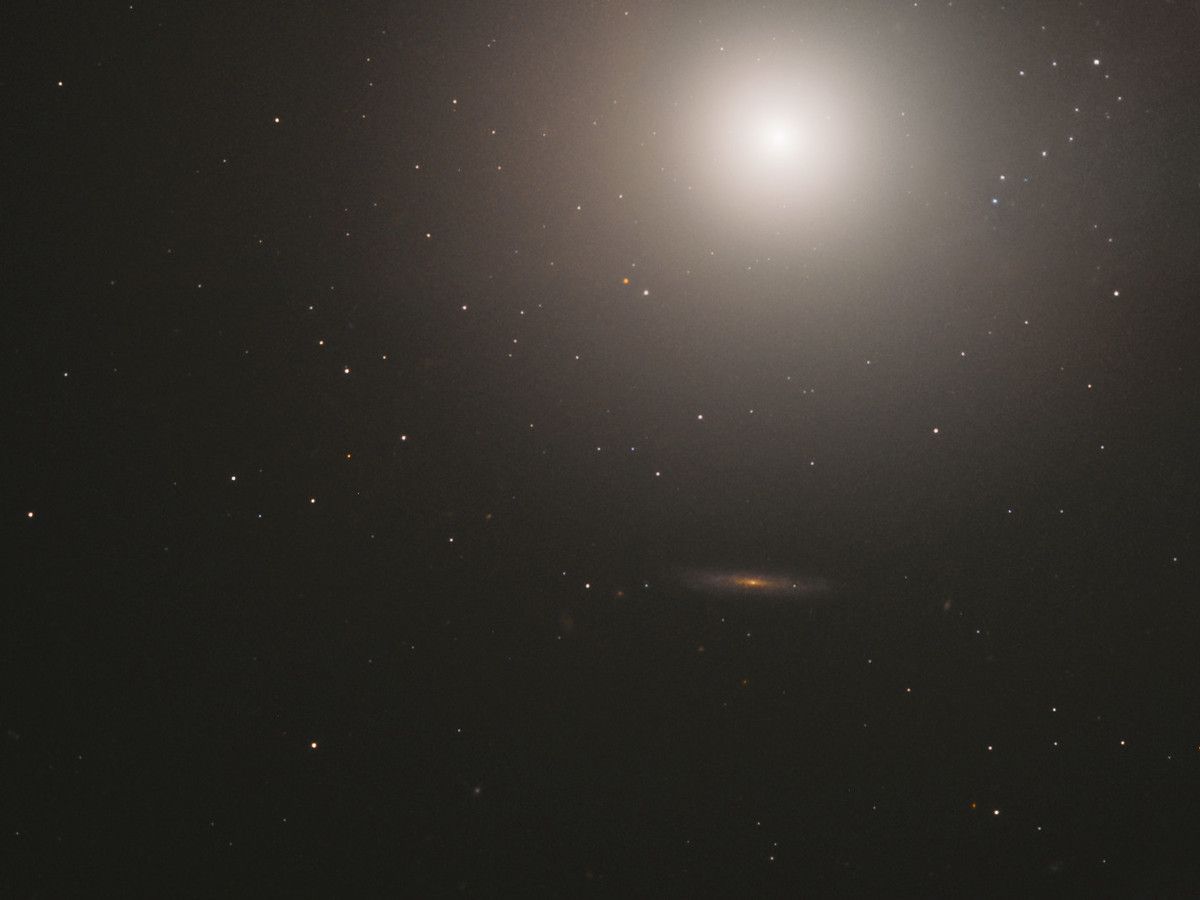

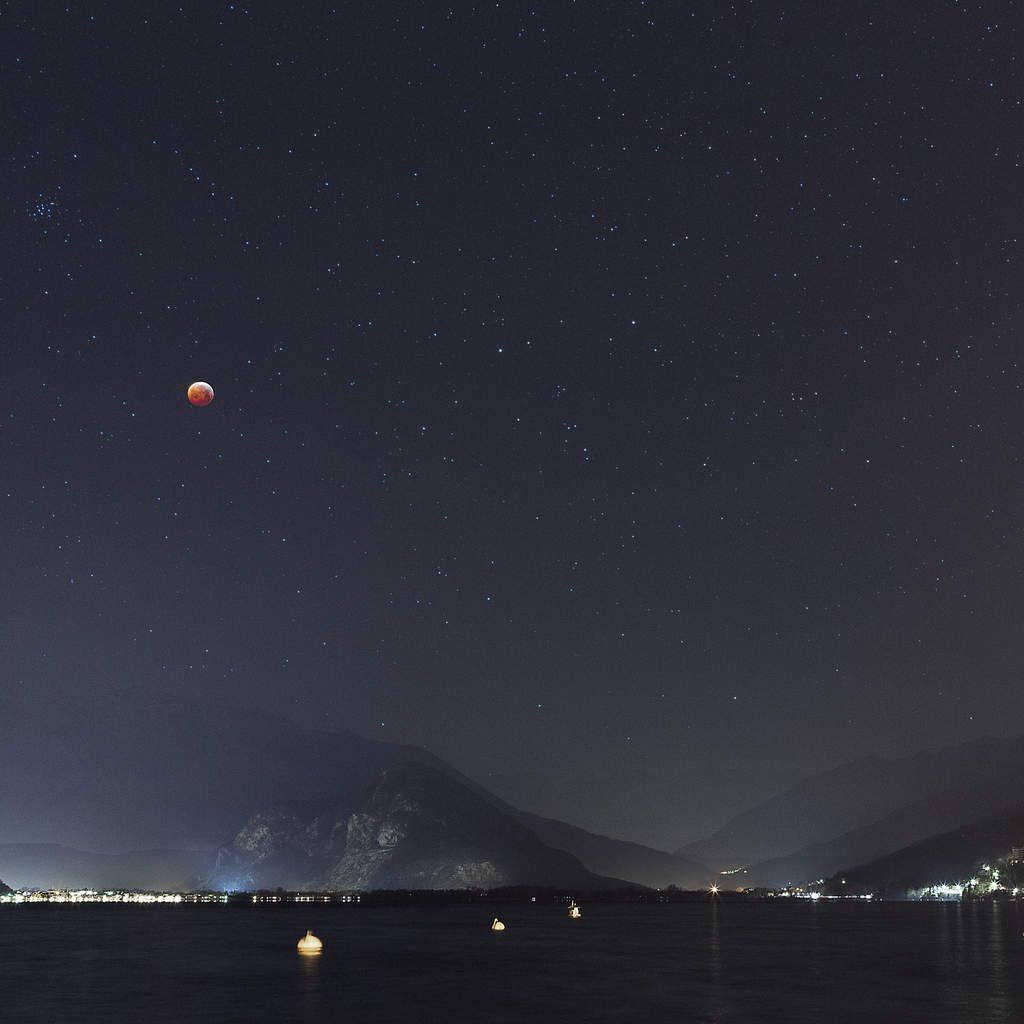



/https%3A%2F%2Fd2r55xnwy6nx47.cloudfront.net%2Fuploads%2F2018%2F05%2FCauchyHorizon_520x2921.jpg)
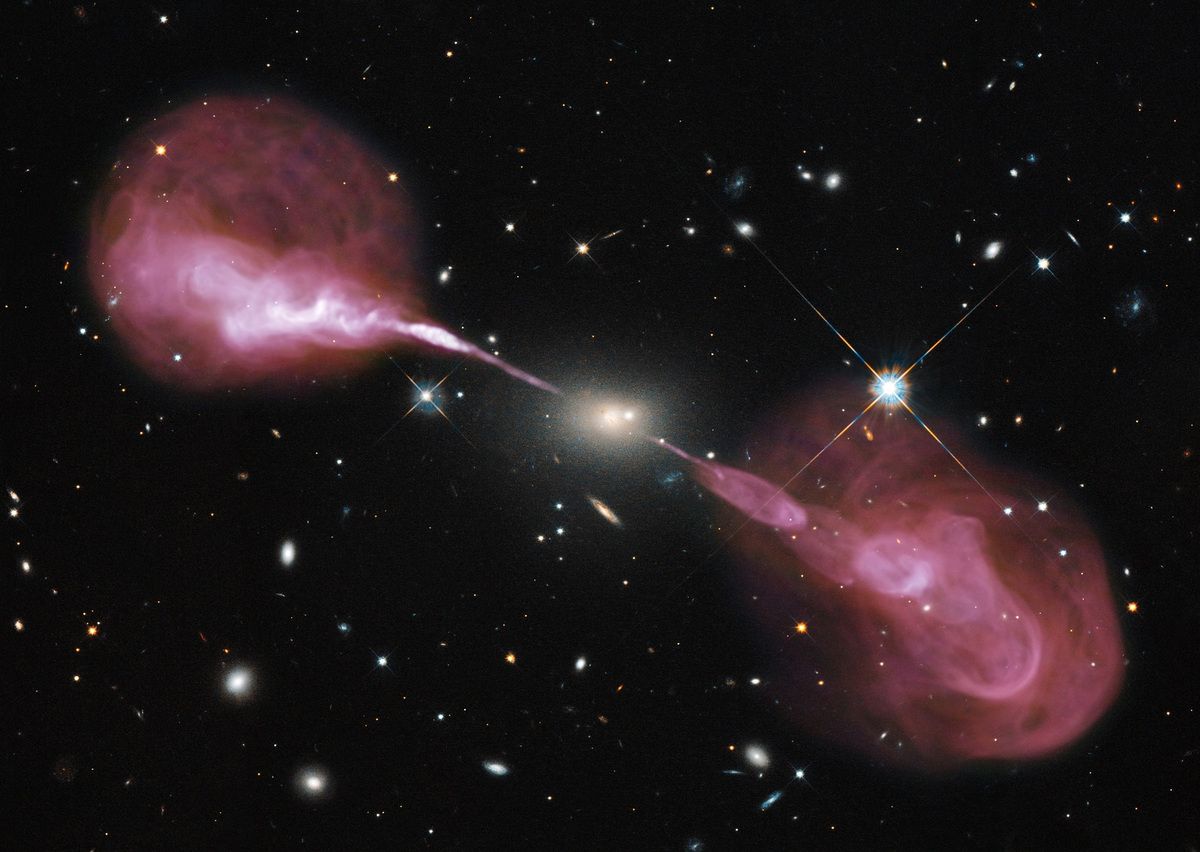

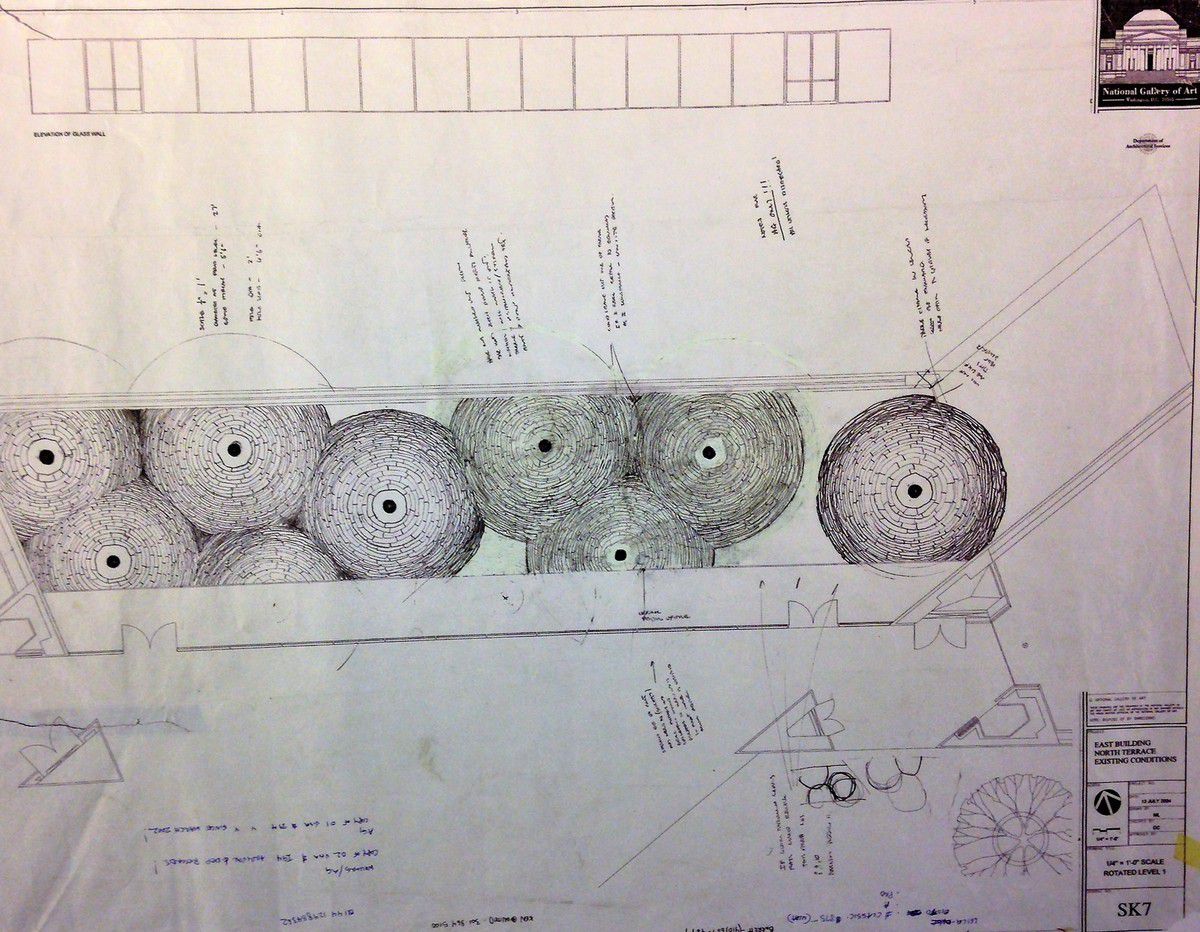
![“If this universe is the best of all possible universes, so what are the others like?” Les aventures d’Anselme Lanturlu:Trou noir, Jean-Pierre Petit, Paris: Belin [1981]](https://img.over-blog-kiwi.com/3/09/36/45/20190105/ob_f9ceb5_img-1014-2.JPG)




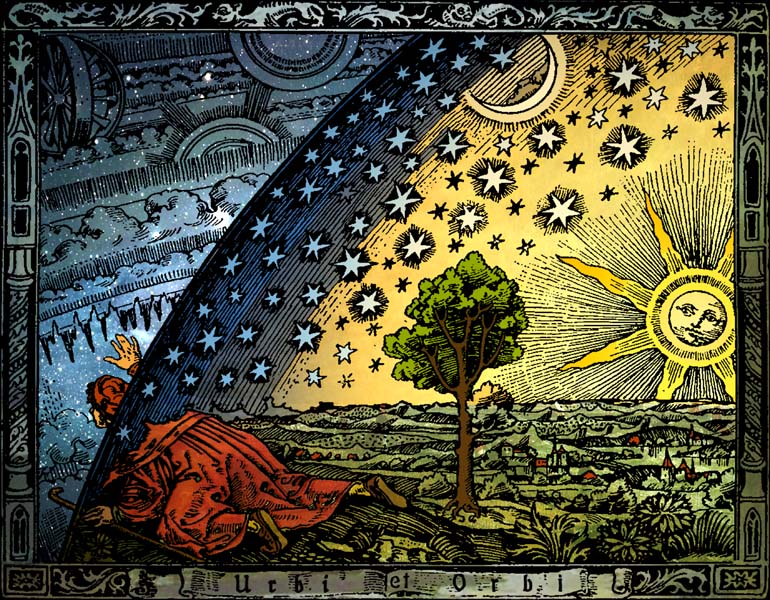



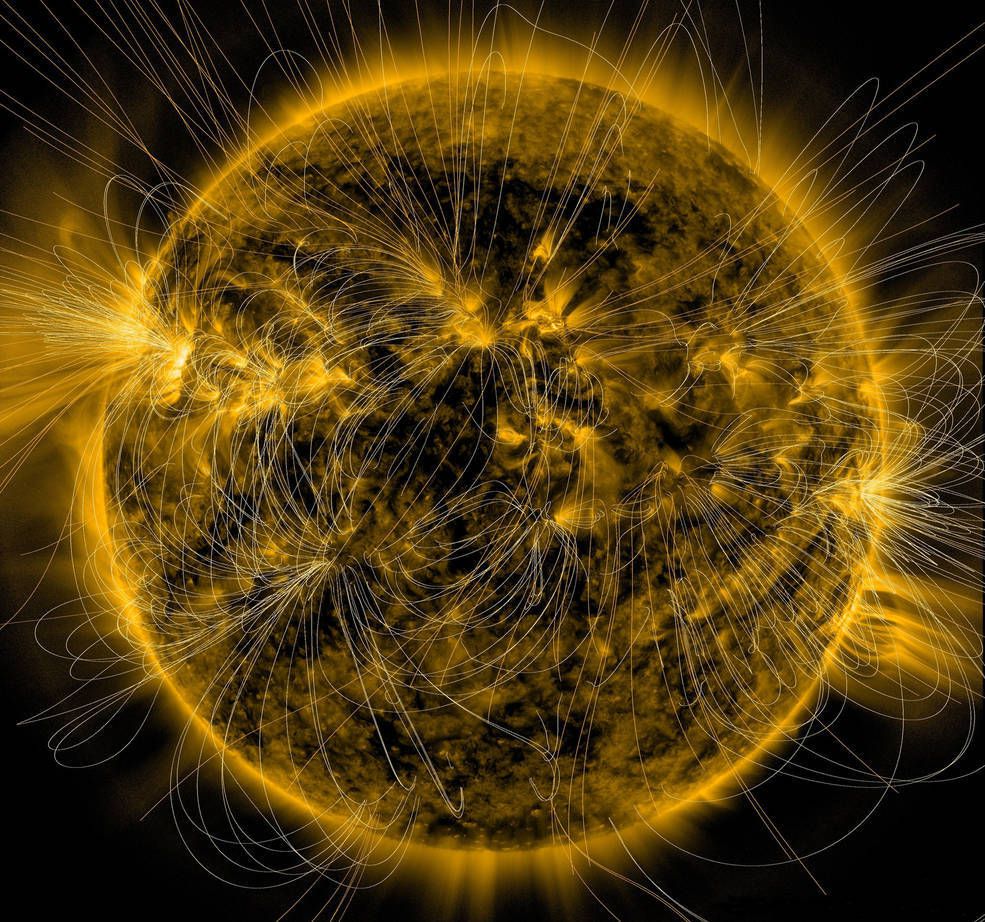


/image%2F1008516%2F20181124%2Fob_061e84_jade.JPG)